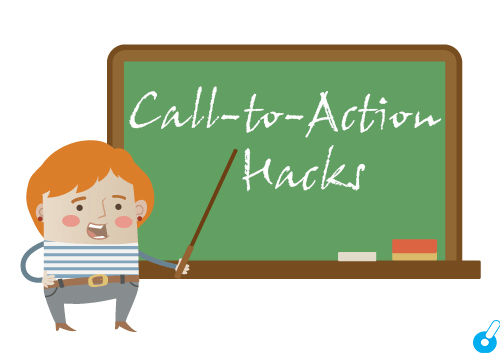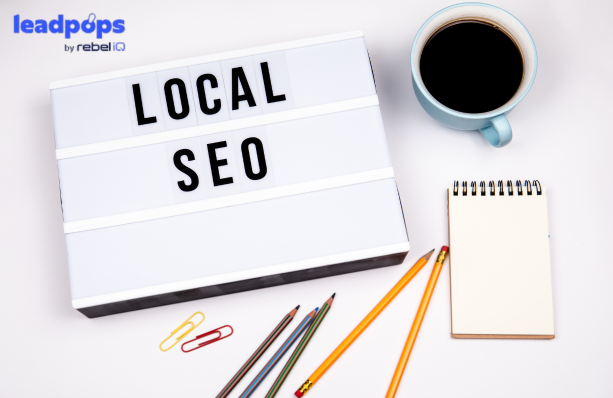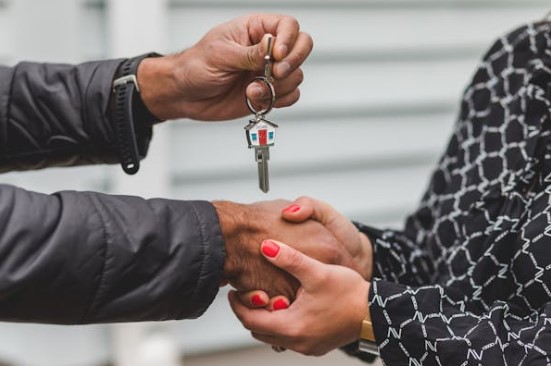Remember the last time you made a purchase you couldn’t explain?
You might even consider yourself a frugal person. A budget-conscious person. Someone who doesn’t make impulse purchases at all.
Yet one simple look at your credit card statement might tell a different story.
Why is it that certain products and services seem to win our hearts even before we buy them? What makes one lead-generating website different than another?
In a word: psychology.
The psychological resonance of your message is the difference that will—or won’t—create the emotional connection you’re after.
In the mortgage, real estate, and insurance industries especially, you have to do more than simply convince someone that you’re the logical choice for them.
You also have to connect with them on an emotional level.
That’s why you need to understand which psychological triggers you can include on your page to boost conversions from newsletters, emails, landing pages, and more.
If you want to improve your copy and ensure that you’re connecting with your potential leads on an emotional level, here are the psychological triggers to keep in mind:
Psychological Trigger #1: Social Proof
“Man is a social being; it’s not surprising we love social proofs, it sells brands fast.”
-Bernard Kelvin Clive
What is social proof? It’s just how it sounds: it’s the social basis of evidence that your service is everything it claims to be.
We humans are social animals, after all. We tend to look to the actions of others to justify our own behavior. Social proof is the term for demonstrating that other people—smart people—have also made the kind of investment that your potential leads are thinking about making.
Ever wonder why large corporations shell out so much money for celebrity endorsements?
It’s because a familiar face is a tremendous psychological boost to a brand. Having a celebrity endorse your product can have the same emotional impact as seeing someone you know and trust endorsing it.
But that’s not the only way to activate this trigger. Here are some elements you could include on your landing page to boost social proof:
- Visuals. Go beyond stock images and show real clients who have experienced your services before. A single photo session or two with a professional photographer will be a little pricey, but it can also pay dividends for years to come.
- Testimonials. People need to know that your services are indeed what you claim they are. You can accomplish that by including real client testimonials that demonstrate your quality to anyone reading your landing page. This is why reading online reviews on sites like Yelp are so important to many people. Speaking of which…
- Accomplishments. Whether you have a high rating on a social media website or you simply have earned a badge or two within your industry, it’s vital to demonstrate that you have professional competence as demonstrated by other people who have given you their approval. This is the most direct form of social proof there is.
Remember that social proof should be implicit in the way your landing pages looks.
There’s no need to write headlines that say, “other people have used this service—you should too!” That can seem a little too “salesy.”
The good news is you can demonstrate this fact by sticking to an old writing trick: show, don’t tell. With social proof, it’s all about showing social evidence that your services are valuable.
Psychological Trigger #2: Reciprocity
One of the most potent ways you can get someone to purchase from you is through a simple psychological trigger: reciprocity.
In short, give them something. Give them a free download. Give them a free “homebuyer kit” that they can download right now.
This sounds like a lot of work—and you will have to put in some work to create this giveaway product. But once it’s created, you can give it away over and over again.
What do you get in return?
That’s the whole idea behind reciprocity.
Once something has been given to you, it’s only human nature to want to “square” your deal with them and do something for them in return.
In essence, by giving them something for free, you’ll also activate a psychological trigger that makes it feel as though they’re already in business with you. This can be a tremendous way to boost your trust with potential leads who have yet to interact with you personally.
Here are a few methods to utilize reciprocity on your landing page:
- Offer something of value right away. Whether it’s a mortgage calculator or a simple “guide” that they can download, giving them something for free demonstrates that not only do you have something of value to give, but that you’re ready to enter in a business relationship right off the bat. That makes it easier for them to make a final decision later on.
- Don’t force the issue. As it was with social proof, you won’t need to demonstrate that you’re using reciprocity. It will work on its own. If you’re giving away something because you expect something in return, people will feel they’re being manipulated. The trigger won’t work. Instead, simply give something of value away for free and count on that psychological trigger to do most of the work for you.
- Make your landing page valuable. Is there useful information on your landing page, or is it too “salesy”? Is your landing page worth interacting with? These are central questions that get to a basic point: you have to be willing to offer value on every single page of your website in some form or another.
Psychological Trigger #3: Opening and Closing Loops
You don’t want everything to be rosy. At the top of your landing page, you should create some emotional tension.
Why the tension? Think about what makes mystery novels so engaging: they have tension throughout. We’re fascinated to read more because we want a closure to the tension.
The same effect can function as a psychological trigger that boosts conversions. If you open with a problem, your copy will be more engaging. This will in turn spur your reader to investigating further and further down your landing page until the loop is closed.
When you “close that loop,” so to speak, you should present your services as a solution. At the very least, your own call to action should serve as a next step—something like opening the mystery novel to the next chapter.
Ever notice that if you don’t finish listening to a song, that song gets stuck in your head?
This is a noticeable psychological effect.
To make the most of your landing page, you’ll want to start off that theme from the beginning. And don’t close it until the potential lead has clicked on your call to action.
It’s a powerful psychological trigger that will help make your content more persuasive. It will also make your insurance or mortgage services look that much more appealing.
To incorporate many of these psychological triggers into your website, think about a free trial of leadPops. It will help steer your web presence into a more engaging site that generates a legitimate emotional connection with your potential leads.








